

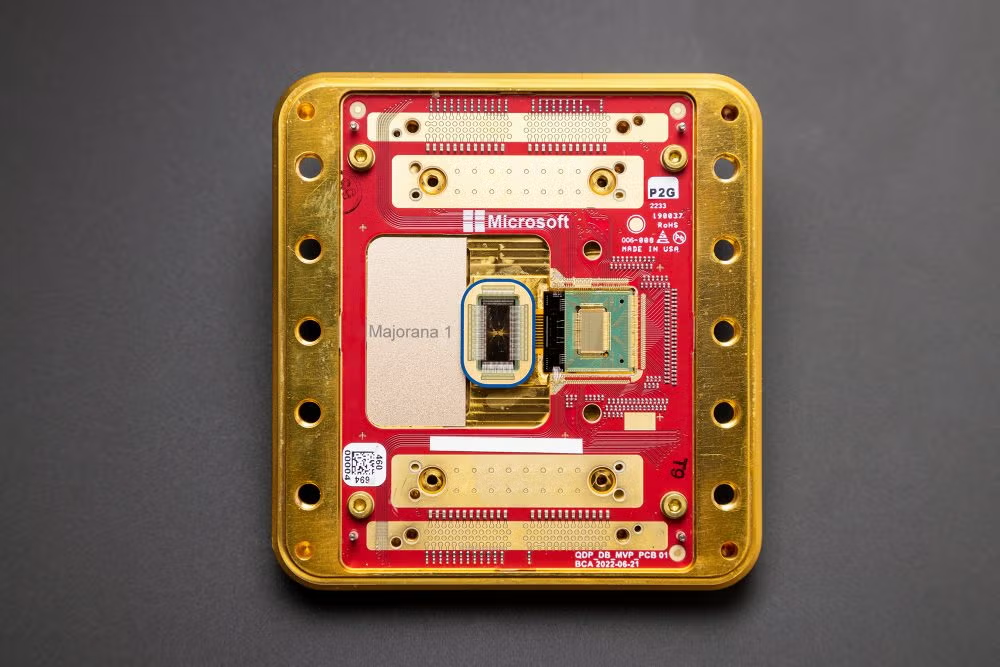
On February 19, 2025, Microsoft unveiled the Majorana 1, a palm-sized quantum processor that outpowers every computer on Earth combined. Powered by topological qubits and Majorana particles, it uses topoconductors—a new state of matter—to create stable, ultra-small qubits. With just eight qubits now, its scalable design aims for one million, promising to revolutionize industries from materials science to sustainability. Years of research into indium arsenide and aluminum paid off, delivering a chip that fits in your hand yet could redefine computing. Microsoft plans to integrate it into Azure, heralding a quantum future within a decade.
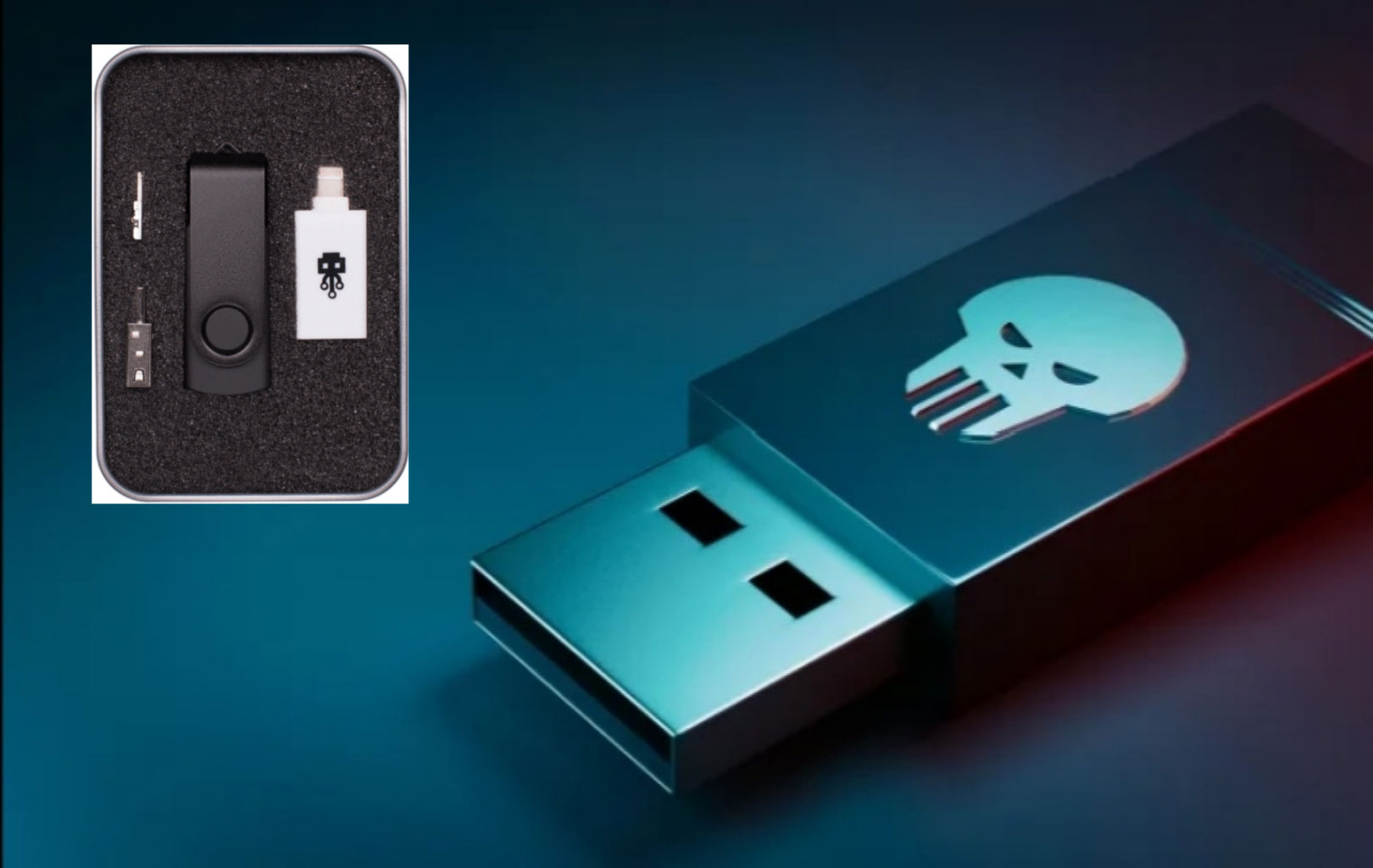
What's this flash disk like device that looks so dangerous, now let me break it down for you, A USB Killer is a device designed to deliver high-voltage electrical surges through a USB port, potentially damaging or destroying connected hardware. It resembles a standard USB flash drive but contains capacitors and circuitry that rapidly charge and discharge high-voltage pulses, typically around 200-220 volts. This surge can overload and damage sensitive components such as motherboards and CPUs. Initially marketed for testing the resilience of electronic devices against power surges, USB Killers can also be misused for malicious purposes, raising significant cybersecurity and physical security concerns. Their sale and use are often regulated, and using them to intentionally harm another's property is illegal. Vishwanath Akuthota, age 27, who graduated from St.Rose college with an MBA in 2017 in the U.S. used a usb killer and fried over $58,471 (approx ksh.7.59M) worth of computer equipment in his former college. He was sentenced to 12 months in prison, to be followed by 1 year of supervised release and also ordered to pay the institution the total amount in damages he caused.
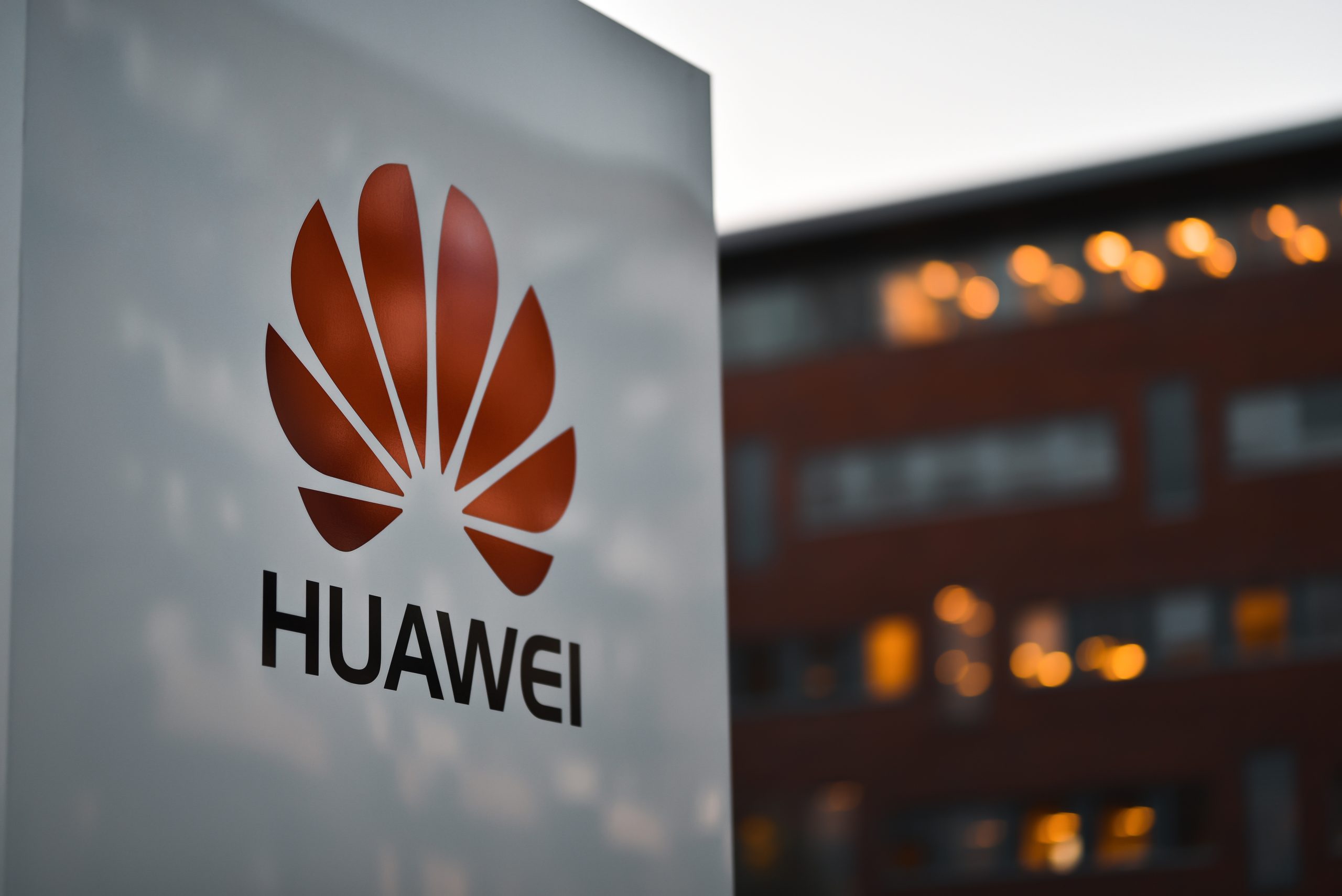
Huawei is a company you have heard before but there might be some information you dont know about them, pherhaps why their phones lack google play services nowadays, In early 2018, Huawei's ambitious plans for a smartphone launch in the U.S. faced a significant setback as regulators raised concerns about potential Chinese espionage, subsequently thwarting the company's efforts. This incident marked the beginning of a tumultuous period for Huawei as tensions between the U.S. and China escalated, triggering a full-blown trade war with Huawei at its epicenter. By mid-2019, the mounting pressure from the U.S. had dealt severe blows to Huawei's supply chain for essential computer parts and software, exacerbating the company's challenges. Moreover, governments around the world deliberated over banning Huawei's 5G network equipment, further intensifying the uncertainty surrounding the company's future. The ban on U.S. companies also had far-reaching consequences, depriving Huawei of access to crucial Google Android operating system updates and services. In response, Huawei embarked on the development of its proprietary HarmonyOS, aiming to mitigate the impact of the ban and assert its independence from Western technology. Consequently, Huawei smartphones no longer come pre-installed with Google Play services, relying instead on HarmonyOS, which, while based on Android, features the distinctive EMUI software skin. Despite facing formidable obstacles, Huawei has managed to maintain its stature as a dominant force in the global smartphone market, particularly in China, where it competes fiercely with brands like Xiaomi and Oppo. The recent flagship release, the Huawei Pura 70 (P70), powered by the cutting-edge Kirin 9010 chip, epitomizes Huawei's commitment to innovation and resilience in the face of adversity, showcasing the company's determination to remain a formidable contender in the worldwide smartphone arena. pura70.
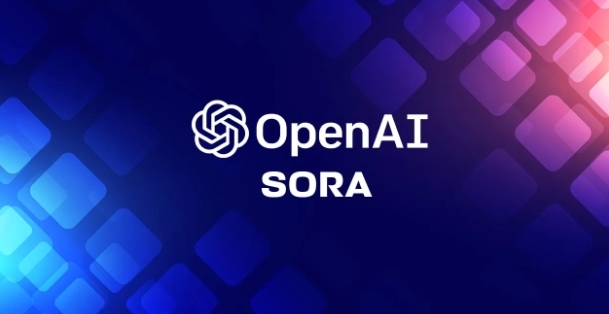
Sora is a forthcoming generative AI model developed by OpenAI, the developers of chatGpt, Sora is designed for text-to-video generation. It transforms textual descriptions, or prompts, from users into short video clips. These prompts can include artistic styles, fantastical imagery, or real-world scenarios. For real-world scenarios, user input may be needed to ensure factual accuracy to avoid erroneous features. Sora is acclaimed for its ability to produce videos with high visual detail, incorporating intricate camera movements and characters that show a range of emotions. Additionally, the model can extend existing short videos by creating new content that seamlessly precedes or follows the original clip. As of may 2024, Sora is not yet released and remains unavailable to the public.As we eagerly wait for its official release, should people in the field of film animation be worried about this?? read more here https://openai.com/index/sora/.
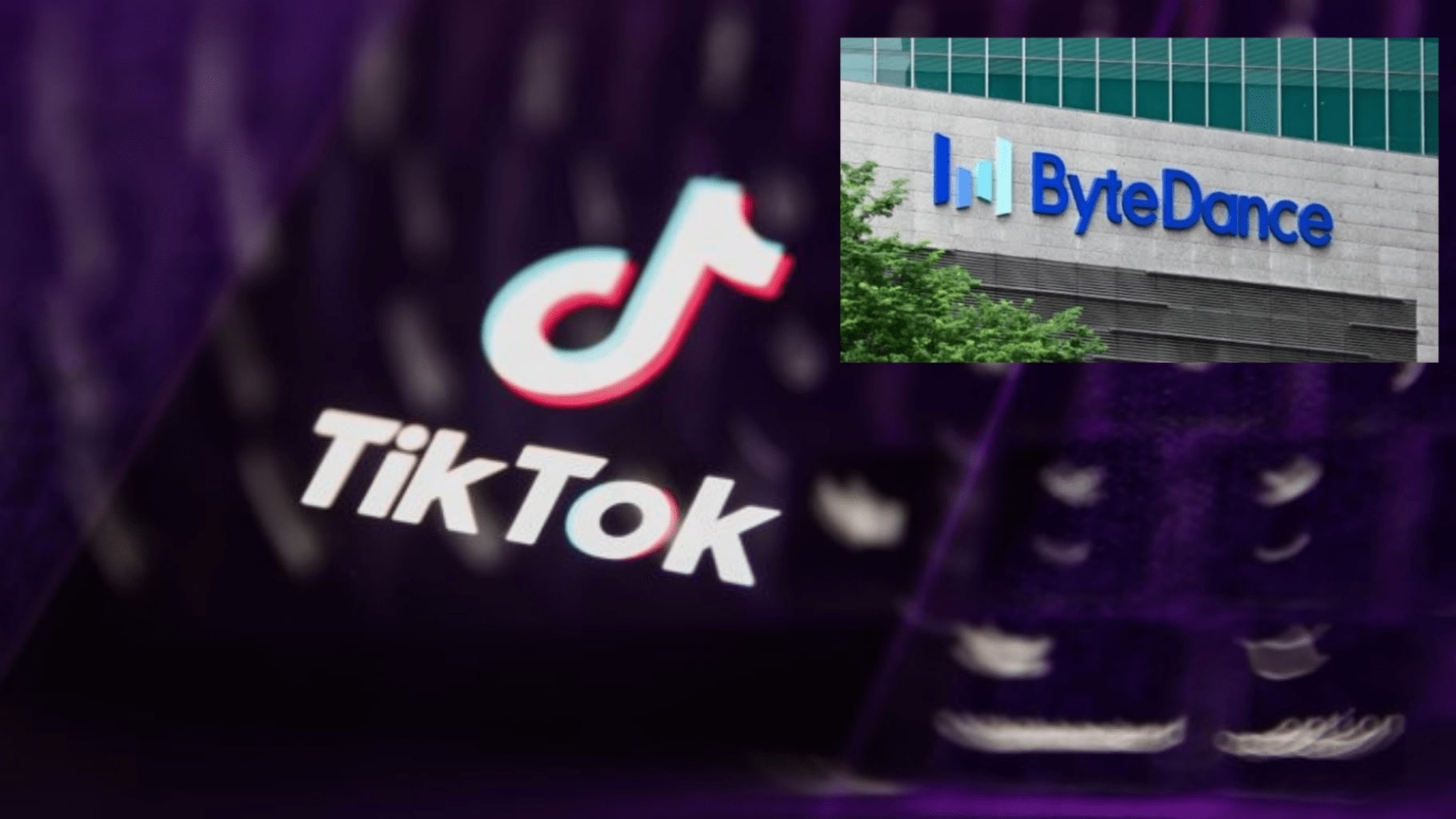
Established in 2012 in China, ByteDance serves as the powerhouse behind TikTok, a global sensation. Despite TikTok's success and widespread use , it remains not used in its country of origin. The Chinese government's strict regulations on data collection and usage clashed with TikTok's approach, raising concerns about potential national security risks. To address this, ByteDance developed Douyin, a Chinese version of TikTok tailored to meet local regulatory requirements. Douyin focuses on catering to the specific trends and tastes of Chinese users, while TikTok continues to adapt to the preferences of its diverse international audience. This strategic move has allowed ByteDance to effectively navigate regulatory challenges, ensuring success both domestically and abroad, That's the brief history of tiktok, an offspring of bytedance.You can try to explore douyin to see how exactly it resembles tiktok but is purely chinese content. https://www.douyin.com/.
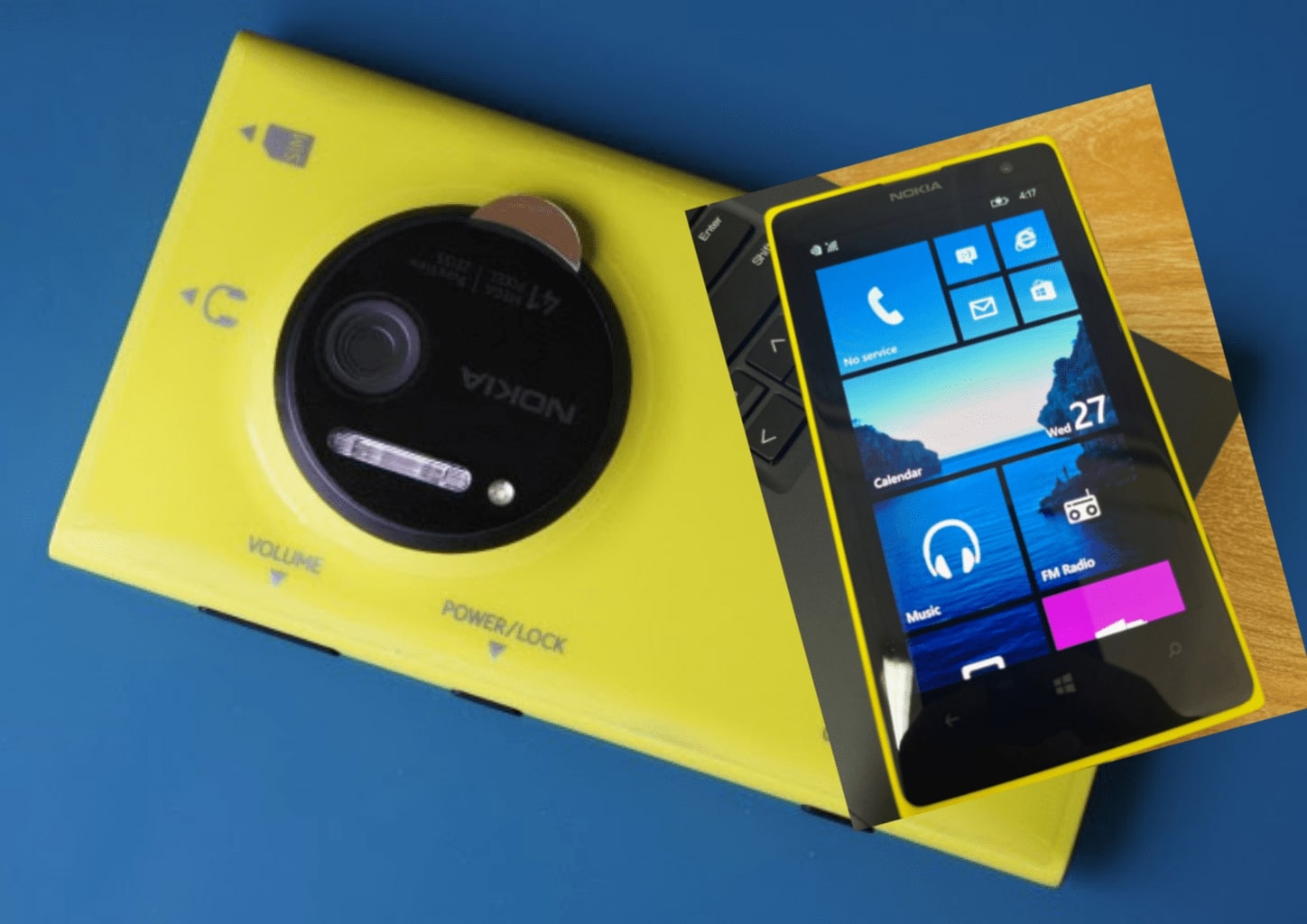
In 2010, Microsoft launched Windows Phone, aiming to challenge Android and iOS. Despite its innovative design and smooth performance on basic hardware, it struggled and was discontinued in 2017. The failure was due to several factors. Windows Phone entered the market late. By then, Android and iOS had already built strong ecosystems with extensive app libraries and loyal user bases. Microsoft couldn't compete with these established giants, who were more invested in mobile technology.The lack of developer support hurt Windows Phone. Developers focused on Android and iOS due to their larger user bases, leading to a significant app gap for Windows Phone. This made it less attractive to users, further limiting its growth. But in my opinion Microsoft nailed themselves, why did they have to charge developers to build apps for their windows phone platform. Windows phone came late in the game and tried to offer greater features too early before their time, for instance the nokia 1020 based on windows Os boasted a 41MegaPixel camera which even some phones that have been released now cannot beat, but back then there wasn't even social media so the fact that the camera was good it was too early before its time.No one was willing to spend too much on a phone with features that had no use to them. The reason why powerful camera phones like the Galaxy S24 ultra make sense right now is the presence of social media platforms like tiktok, Ofcourse you need a powerful camera phone to shoot high quality tiktok content.In your opinion,do you think windows phone can be a success right now if microsoft decided to make a comeback again in the smartphone market?
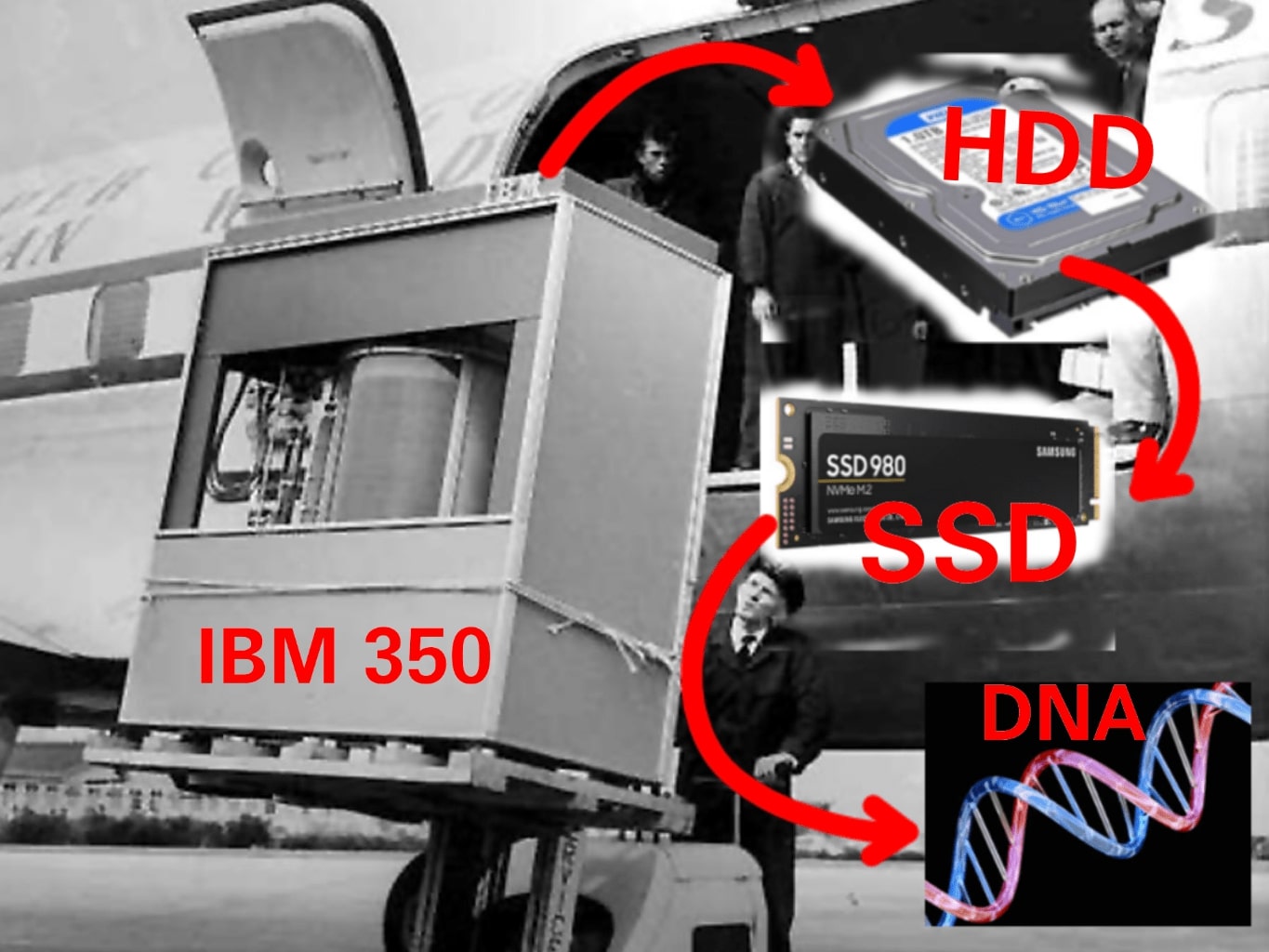
In September 13, 1956,The world's first hard disk was born, The IBM Model 350 Disk File. It consisted of a stack of fifty 24-inch diameter disks, capable of storing about 5 megabytes of data. The disks spun at 1,200 rpm and were accessed by two read/write heads that could move radially across the surface of the disks. This allowed for random access to data, a significant improvement over earlier sequential access methods.Despite its innovative technology, the IBM 305 RAMAC was not widely adopted due to its high cost and limited capabilities compared to modern computers. However, it laid the foundation for future developments in computer storage technology and is considered a milestone in the history of computing.This storage beast weighed over 1 metric tonne and if brought to today, it can only store one Raw picture taken on an iPhone 15 or an S24 ultra. Today's hard drives weigh about 600 gramms and To put it in perspective it would require 200,000 IBM 305 RAMAC'S to store the content of what a modern day 1TB hard disk can store . That's how far we've come from in the history of computer storage, we have to appreciate that right now we spend less for more, because am sure none of us would afford $200,000 (approximately ksh.26.4M) just to purchase what could store two standard Snapchat pictures.But you will even be more surprised to learn that the era of solid state storage (SSD) and Hard drives(HDD) is coming to an end as DNA storage technology is already in its early stages of development and adoption, it's 1000 times less denser that solid state storage technology. DNA data storage.
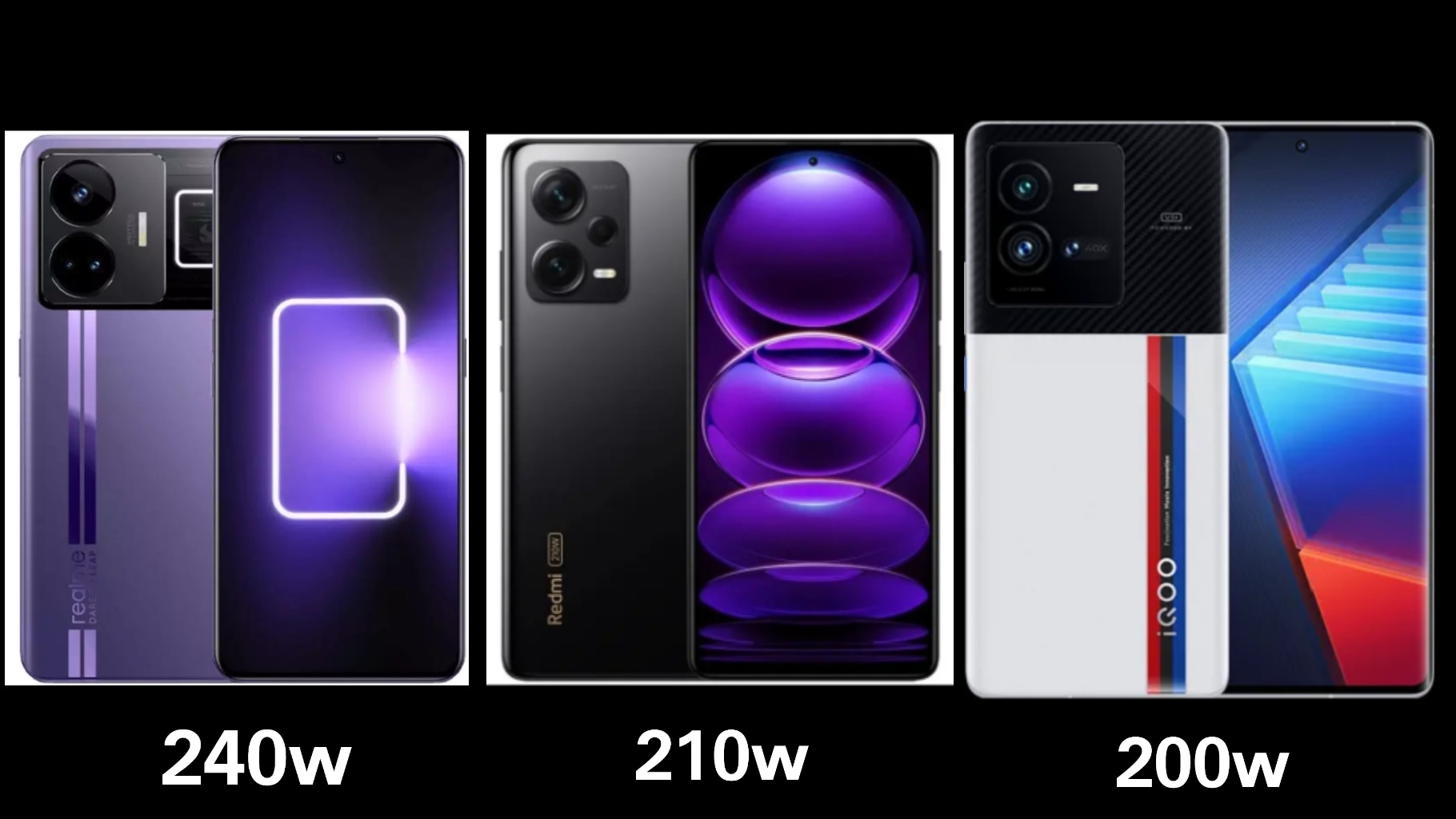
1. Realme GT 3 - 240W Charging
The Realme GT 3 takes the crown as the fastest charging phone available today. Boasting an astonishing 240W charging speed, this phone can fully charge its battery in under 10 minutes. This breakthrough is achieved through advanced battery technology and Realme's proprietary SuperDart charging system, ensuring that users spend minimal time tethered to a power outlet. specs.
2. Xiaomi Redmi Note 12 Explorer - 210W Charging
Coming in a close second is the Xiaomi Redmi Note 12 Explorer. With a 210W charging capability, this phone can charge from 0 to 100% in approximately 9 minutes. Xiaomi's innovative HyperCharge technology plays a crucial role in delivering such high power safely and efficiently, making it a standout choice for those who need a quick recharge during their busy day. specs.
3. Vivo iQOO 10 Pro - 200W Charging
The Vivo iQOO 10 Pro rounds out the top three with its impressive 200W charging speed. This device can fully charge in just around 10 minutes, thanks to Vivo's FlashCharge technology. The iQOO 10 Pro not only focuses on speed but also incorporates several safety features to ensure that the high charging rate does not compromise the battery's longevity or the user's safety. specs.
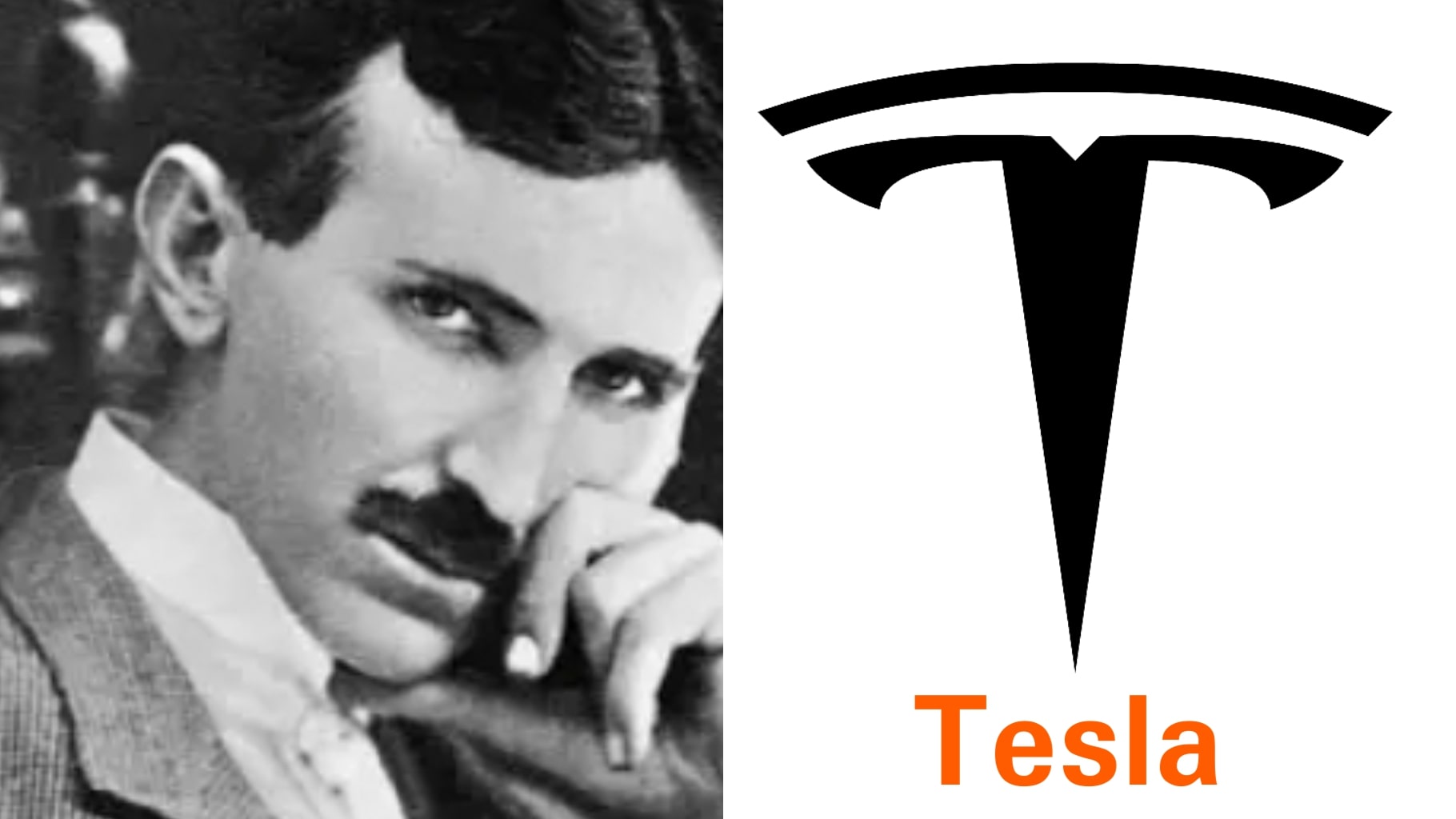
Nikola Tesla, a visionary Serbian-American inventor and electrical engineer, born on July 10, 1856, left an indelible mark on the course of technological history. Renowned for his groundbreaking work in the development of alternating current (AC) electricity, Tesla's legacy extends far beyond this singular achievement. His inventive genius gave rise to the Tesla coil, a revolutionary device that would come to symbolize his quest for innovation and exploration of new frontiers in electrical engineering. With the Tesla coil, Tesla envisioned a world where electricity would be freely accessible to all, a concept that foreshadowed the wireless transmission technologies of the modern era. Indeed, the principles underlying the Tesla coil laid the groundwork for subsequent advancements in wireless communication, including Wi-Fi and radio technology, underscoring Tesla's unparalleled foresight and ingenuity. Despite the transformative potential of his wireless electric transmission concept, its adoption was hindered by safety concerns stemming from the coil's ability to generate exceedingly high-voltage electric fields, akin to miniature lightning bolts. Nonetheless, Tesla's enduring influence on the realm of technology is unmistakable, as evidenced by the homage paid to him in the naming of Tesla, Inc., the pioneering electric vehicle and clean energy company co-founded by Elon Musk and others. By christening their venture in honor of Nikola Tesla, Musk and his associates pay homage to his monumental contributions to electrical engineering, particularly his pivotal role in the advancement of AC power systems—a cornerstone of the modern electrical grid and a linchpin of electric vehicle technology. Thus, while Tesla's dream of wireless electric transmission may have remained unrealized, his visionary spirit continues to inspire innovation and shape the trajectory of technological progress in the twenty-first century and beyond.
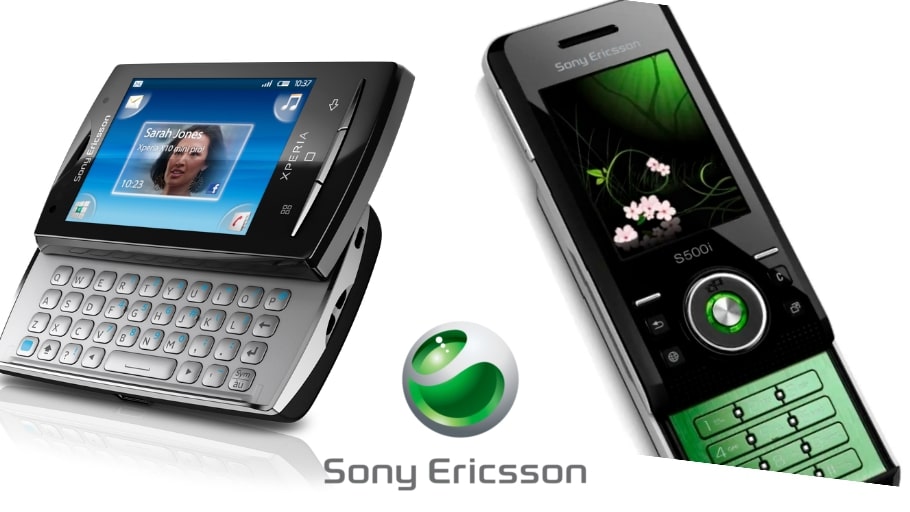
Established in 2001 as a joint venture between Sony Corporation and Ericsson, Sony Ericsson swiftly gained recognition for its innovative mobile phone offerings, including the pioneering T68i the first phone with a colored screen and Bluetooth capabilities, and later, the Walkman and Cyber-shot series, which integrated Sony's renowned music and camera technologies into mobile devices. However, despite early successes, Sony Ericsson encountered a plethora of challenges that precipitated its downfall. Intense competition from industry giants like Nokia, coupled with the disruptive emergence of Apple's iPhone and the rapid ascent of Android-powered smartphones, placed Sony Ericsson in an increasingly precarious position. The company struggled to innovate at the pace demanded by the dynamic market, failing to keep up with evolving consumer preferences and technological advancements. Structural issues within the joint venture, including strategic misalignments and sluggish decision-making processes, further impeded Sony Ericsson's ability to adapt. Financial difficulties exacerbated the situation, as the company reported consecutive quarters of declining sales and profitability, prompting cost-cutting measures and organizational restructuring. Ultimately, in 2011, Sony announced its decision to acquire Ericsson's stake in the joint venture, leading to the rebranding of Sony Ericsson as Sony Mobile Communications. While the acquisition aimed to streamline operations and leverage Sony's broader ecosystem of consumer electronics, the fall of Sony Ericsson stands as a cautionary tale of the challenges inherent in an increasingly competitive and rapidly evolving industry.Following Sony's full acquisition of Ericsson, Sony Mobile Communications aimed to rejuvenate its smartphone business with the Xperia brand. Despite leveraging Sony's strengths, Xperia struggled against competitors like Apple and Samsung. Hindered by feature gaps and marketing challenges, Xperia faced difficulty gaining market traction. While praised for design and multimedia capabilities, shortcomings in areas like camera performance hindered its success. Ongoing R&D investments and attempts to differentiate through features and partnerships failed to significantly impact market share. Sony Mobile faced mounting pressure to redefine its smartphone strategy for sustained growth in an overcrowded market.
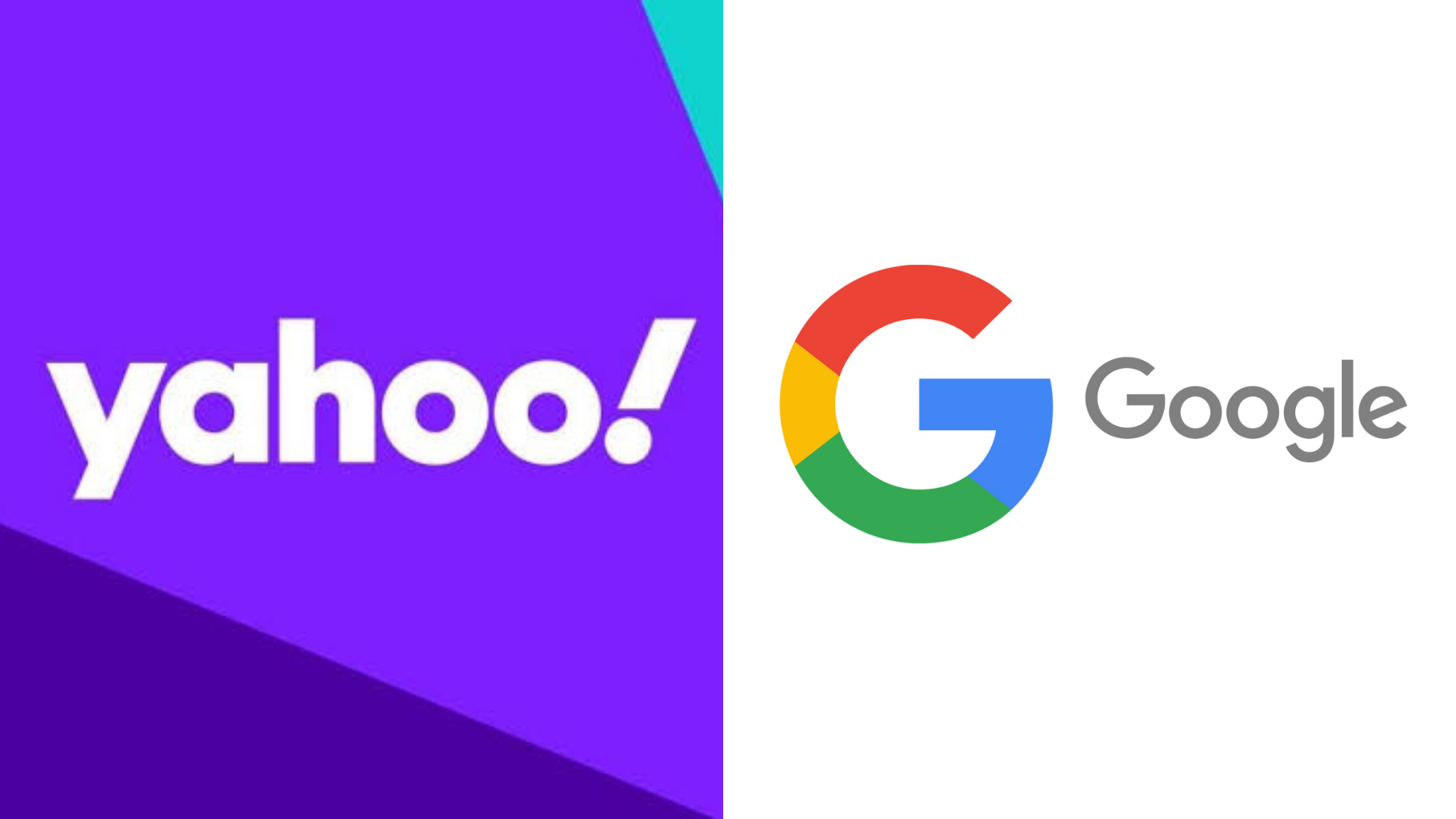
In the late 1990s, the internet landscape was rapidly evolving, and Yahoo! was one of the dominant players. In 1998, two Stanford Ph.D. students, Larry Page and Sergey Brin, developed a revolutionary search engine algorithm they called "BackRub," later renamed Google. They approached Yahoo! with an offer to sell their nascent company for about $1 million(approximately ksh.237M)at that time, hoping to integrate their advanced search technology into Yahoo!'s offerings. However, Yahoo!, heavily invested in its directory-based search approach, failed to see the potential in Google’s algorithmic method and rejected the offer. This decision would prove to be one of the most significant missed opportunities in tech history. By 2002, Google had grown substantially, becoming a formidable player in the search engine market due to its superior algorithm that provided more relevant search results than Yahoo!'s directory system. Recognizing their previous oversight, Yahoo! attempted to rectify it by offering $3 billion(approximately ksh.4.49B) to acquire Google. However, Page and Brin, buoyed by their success and the exponential growth of their company, believed in Google’s potential and valued it at around $5 billion(approximately ksh.7.48B). Confident in their vision for the future, they rejected Yahoo!'s offer, opting to continue on their independent path. The aftermath of these interactions underscores the profound impact of strategic business decisions. Google continued its meteoric rise, expanding beyond search to dominate various sectors of technology and online services. Today, in 2024, Google’s parent company, Alphabet Inc., boasts a market valuation of approximately $1.5 trillion(approximately ksh.197 Trillion).its immense growth and influence.In contrastYahoo! struggled to maintain its early dominance, facing numerous challenges and changes in leadership, ultimately becoming a cautionary tale of missed opportunities and the importance of recognizing innovative potential. Yahoo!’s failure to acquire Google not once but twice illustrates the pivotal nature of foresight and strategic decision-making in the fast-paced world of technology. In my opinion google remains the search giant ,i switch between microsoft's bing search engine but it can never beat google's perfomance in bringing the user most relevant search resuls.